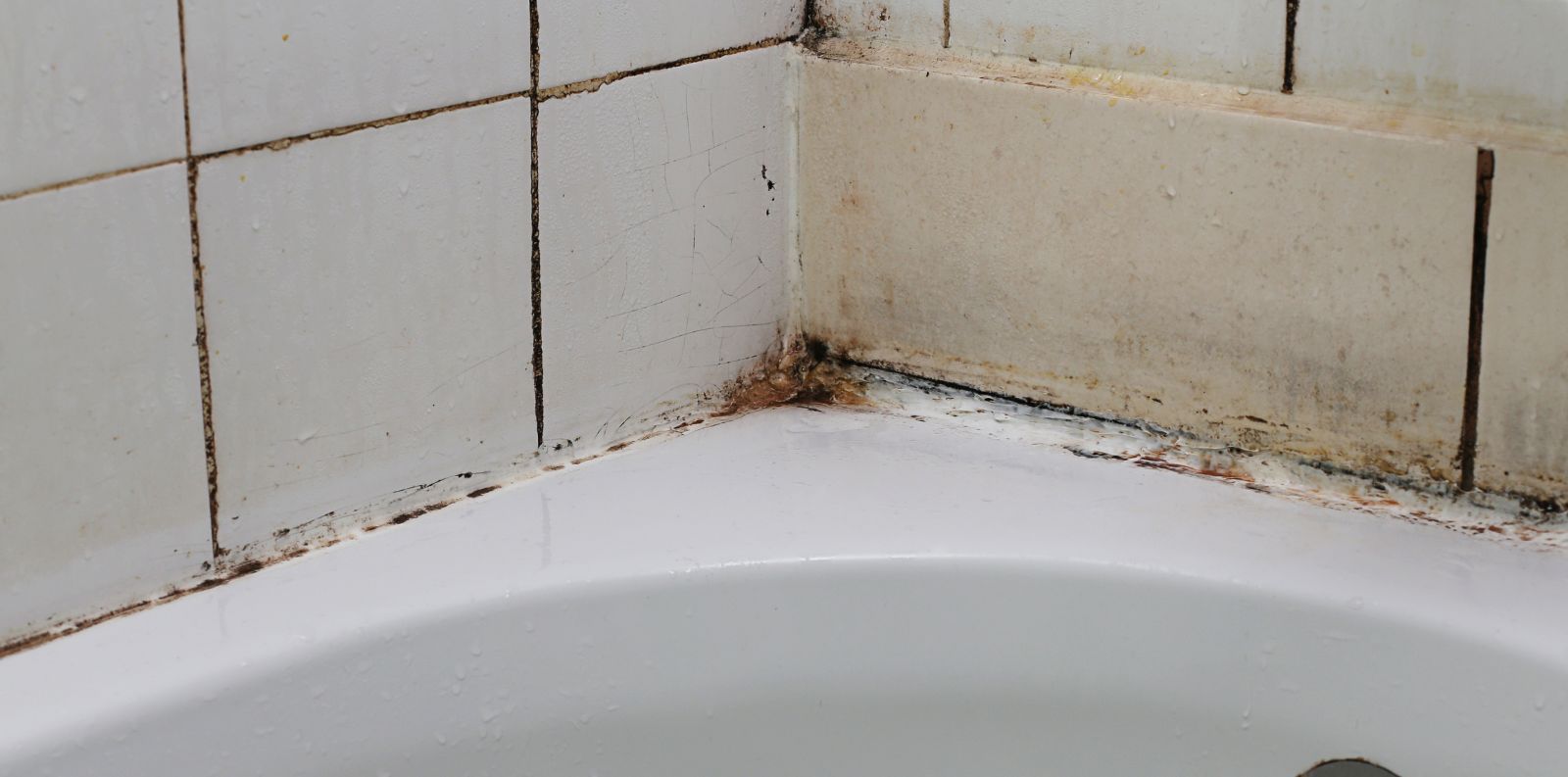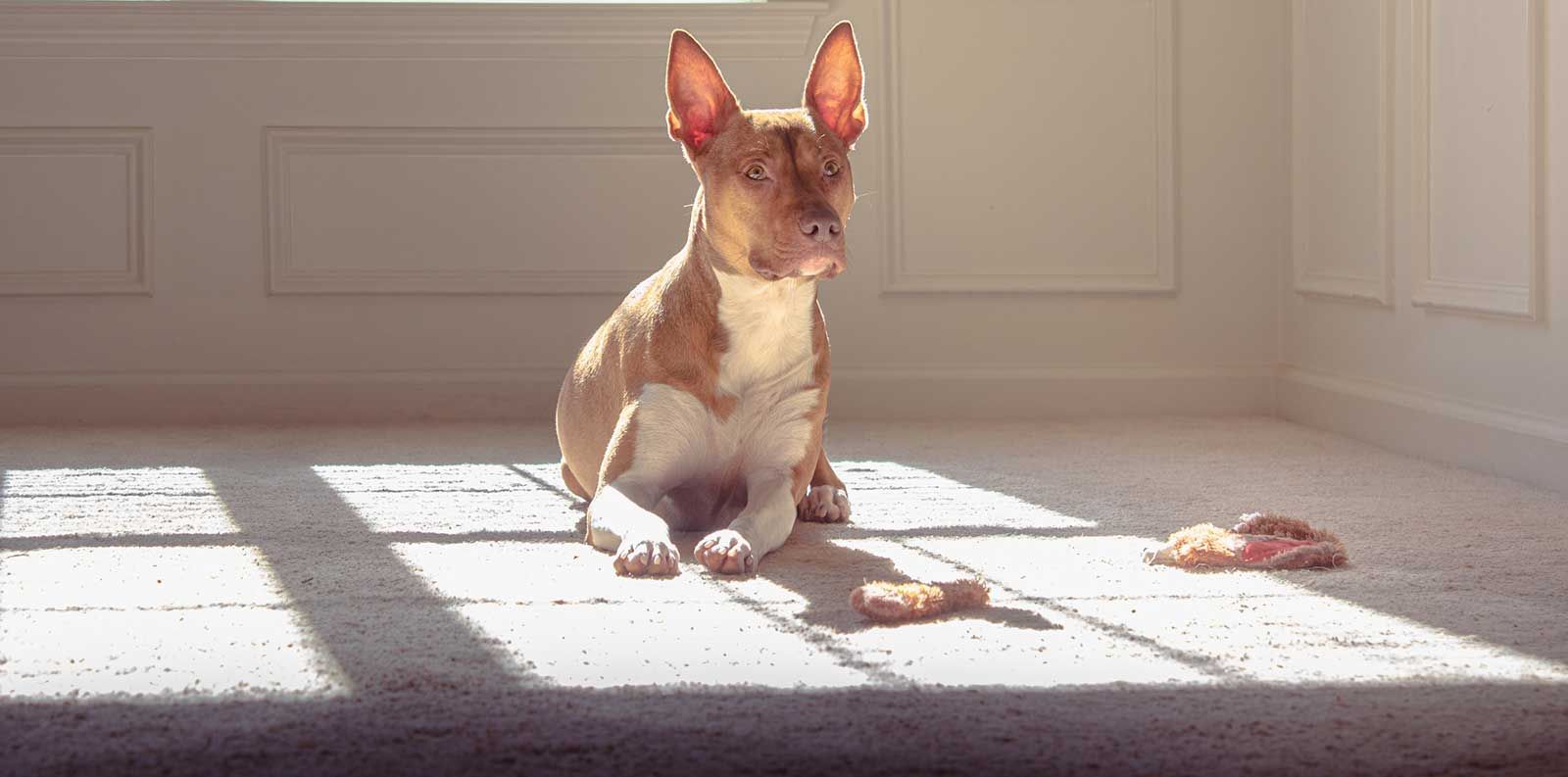Summer Carpet Care Tips: Preventing Fading, Odors, and Wear
Dirty carpets during the summer days are a common issue in many households. To preserve the carpet’s longevity, you need to establish an effective cleaning routine that can reset the carpet’s condition, make it look pristine, and protect it from any damage.
Dirty carpets are also fertile soil for many allergens and other health issues. This means cleaning them is imperative not only for longevity but for your health, as well.
So, let’s discuss carpet maintenance, including odor control and how to prevent fading. Learn more about the main dirt sources entering your home. We’ll provide 10 summer carpet care tips to learn how to clean them effectively.
Why do Carpets Get More Dirty During Summer
Summertime is the season of socializing, home gatherings, and parties we always look forward to. Compared to the colder winter months, summer and early spring are the worst seasons for your carpets. Why? Because by opening windows more often to let fresh and cool air in, we let all the dirt and pollen inside our home.
Apart from airing the rooms, there are also other ways we bring dirt, allergens, or other outside pollutants into the home – while cooking inside with friends, through our pets, or through what clung to our shoes.
Carpets absorb pollutants and can easily lose their quality. Stains can permanently damage your carpets, while dirt can make your carpet look worn off and lose its durability. However, several tips can help you maintain your carpets, prevent fading, and save their quality.
10 Carpet Care Tips for Summer
Setting up a cleaning routine for your carpets is essential if you want to preserve the fresh look of your carpets and have them longer in your room. Below we present you with several useful summer carpet care tips to start practicing this summer.
1 Vacuum Your Carpets Regularly
By spending most of our days outside, we expose our carpets to more damage during summer than winter, for which regular vacuuming is essential. By regularly cleaning your home, you’ll remove all dust, dirt, hairs, or other debris you bring inside, ensuring that the carpet is safe and clean.
To avoid dirt from penetrating deeply inside the fibers and damaging the carpet quality, you may need to steam your carpet. However, this tip applies only to those carpets that can sustain heat and steam. Please check the manufacturer’s instructions before steaming your carpet to avoid damage.
2 Clean Stains and Odors Immediately
Potty accidents are quite common with home pets, and often, they may pee on the rug. It goes without saying, but as soon as your pet stains the carpet, clean the stain immediately. If you don’t remove pet urine immediately, you will struggle to get rid of the bad odor from your carpet, and it may end up damaging it.
Wine, fruit juices, or other drinks may also permanently stain the carpet. Whenever you notice a stain, always clean it thoroughly to avoid losing the quality of the carpet. A pro tip: do not rub your carpet roughly. It may change the course of the fibers and look a bit dull from rubbing. Try to be as gentle as possible.
3 Take the Party Outside
Summer offers great conditions for organizing parties and family gatherings, so hosting an outdoor grill party or dinner is a great opportunity. Organizing outdoor parties keeps guests outside, reducing the foot traffic on your carpets.
If you have an outdoor pool party, ensure guests don’t enter your home with wet shoes, bringing in the dirt from the outside. Try having everything they need outside because you wouldn’t want to spend the next day cleaning your carpets.
4 Shoes Stay Outside
Some cultures allow entering and walking around the house in shoes, sometimes even up to the bedroom. If this is a practice in your home, remember that all the dirt or other outside debris also enters the living space every time you enter your home.
Always keep the living area clean and pristine because it’s what you and your loved ones breathe. Additionally, dirt from your shoes may be a trigger for allergies, especially during early spring when pollen is in the air and the ground.
If you feel weird staying at your home without shoes, get some house slippers, but leave the shoes outside. That will prevent dirt from sticking to your carpet and contribute to a cleaner and safer living space.
5 Put Doormats at Every Exterior Door
Placing doormats at every exterior door is a preventive measure that will save you the trouble of cleaning your home and carpets more than usual. That way, you will be sure that each guest or family cleans their shoes before they enter the home. At the same time, you ensure you don’t transmit outside dirt and debris into your home and onto your carpets.
Mind that door mats also need regular cleaning, maybe even more often than carpets, because they are the first dirt filter that keeps the dirt outside your home. Otherwise, you will have to replace them often.
6 Declutter Your Room
Having excessive decorations at your home means having extra cleaning and dusting. If you don’t dust the decorations regularly, all the dust goes onto your carpets. Your carpets will not be cleaned effectively regardless of how much you vacuum.
A clean and clutter-free living space, free of unnecessary items, means less dust and cleaner carpets. Instead of throwing them, you can donate them to the local center and make someone else’s home more beautiful.
7 Cover Carpets with Cloth in Weekend Houses
If you have a weekend or a summer vacation house, always cover the carpets with a cloth before you leave. This will protect the carpets during the winter months when the house is closed.
It will save you cleaning time the next time you come and before you settle into the weekend house. You will also prevent fading as the sun (if carpets are exposed to sunlight) can discolor the carpets and make them seem worn off.
Mind that you will also need to vacuum the covered carpets when you arrive at the house and before you leave. Dust still penetrates through the cloth, but it does help preserve the color and look of the carpet.
8 Always Dust Your Ceiling Fans
If you own a house with a ceiling fan, always dust the ceiling fans to keep your carpets clean and dust-free. Ceiling fans are great collectors of dust many often forget about when cleaning the entire house. What happens to the entire room if you put an uncleaned ceiling fan on is self-explanatory.
Ensure never to skip this step from your cleaning routine for efficient carpet maintenance.
9 Don’t Use Harsh Cleaning Detergents
Accidents happen, and there is no way to prevent them, but there is a way to treat them correctly. When your carpets get spilled over with pigmented liquid, it’s crucial to react immediately and use natural detergents instead of harsh chemicals. This tip especially applies to owners of wool carpets. You can easily destroy the carpet by adding bleach or another harsh detergent to clean the stain.
Instead, try using natural citrus-based detergents that will take out the stain and, at the same time, preserve the quality of the carpet fibers. Of course, do not rub the stain aggressively to avoid leaving marks and damaging the carpet.
10 Know When to Call Expert Carpet Cleaning Team
Sometimes, despite all our efforts to de-stain and clean our carpets, they will remain dirty and in bad shape. In this case, instead of taking things into your hands, you should give your carpets to the care of an expert.
Steamy Carpets is one of the best carpet cleaning teams, with over 2,500 outstanding reviews in Arizona. If you hand in your dirty carpet to the Steamy Carpets team, you will receive a disinfected and fresh-looking carpet in return. If you own a pet, call the professionals for greater odor control of your carpets.
Summer Carpet Care Tips: Key Takeaway
Carpets are great collectors of dirt, hair, outdoor debris, allergens, and other pollutants. Summer is the prime time when dirt enters your house and damages your carpets. This is when establishing a more frequent cleaning routine is imperative.
To preserve the quality of a carpet, you need to establish a regular vacuuming routine, clean stains immediately, use natural citrus-based detergents, and encourage outdoor activities to prevent spilling or dirtying your carpets.
If cleaning the carpet yourself is not an option, remember to call a service and get the job done for you. Steamy Carpets in Arizona are super affordable and professional carpet cleaning experts who can fix any dirty carpet regardless of the state.









